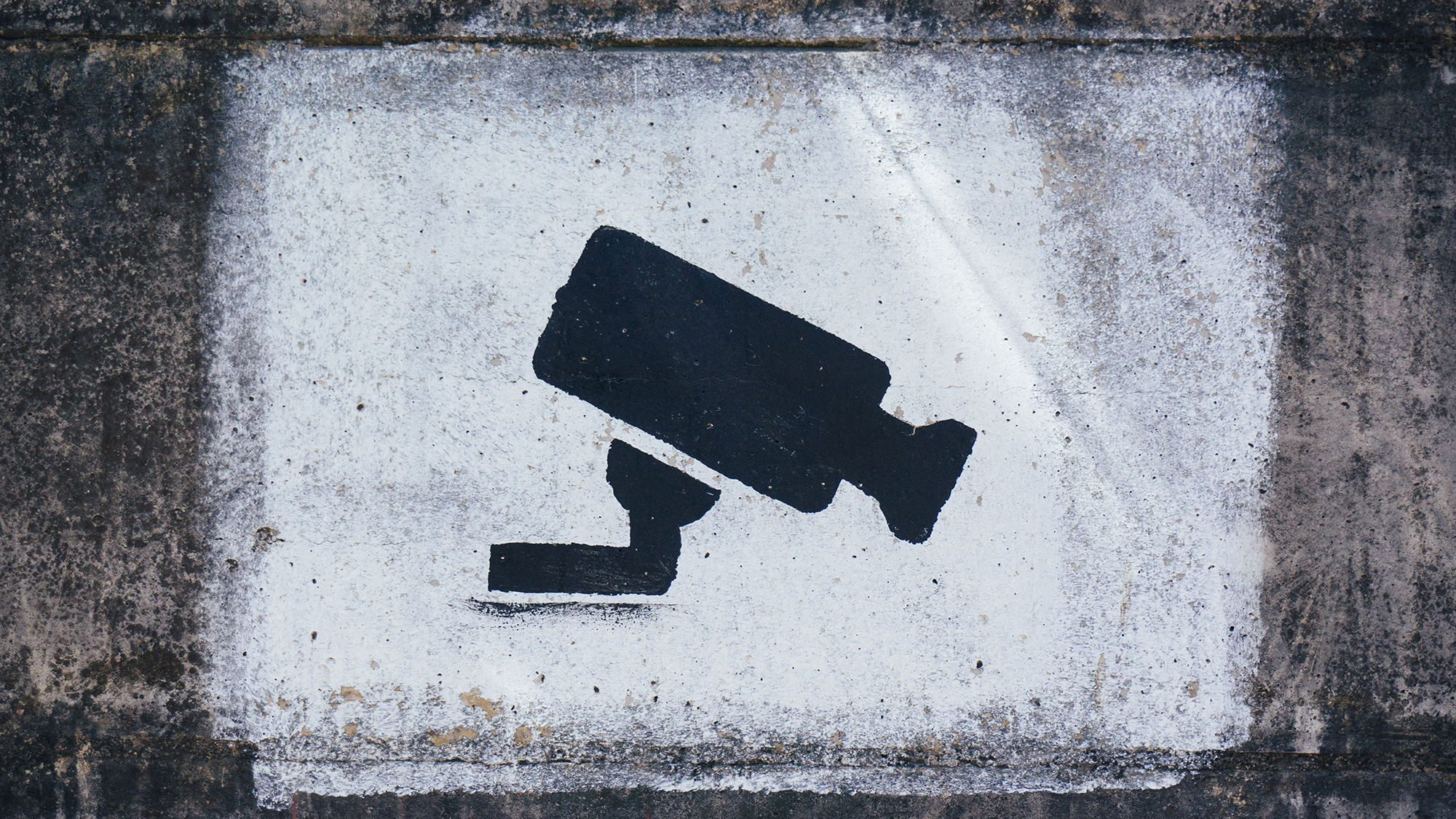As the cyber threat landscape continues to evolve, so does the need for robust cybersecurity measures. At the heart of these protective measures are cybersecurity controls, designed to safeguard information and deter cybercriminals. In this blog post, we’ll delve into the different types of cybersecurity controls, and how they function to protect your digital assets.
1. Preventive Controls
Preventive controls are proactive measures designed to avert cyber threats before they can cause harm. These controls focus on denying unauthorized access and safeguarding vulnerabilities that could be exploited.
Examples of preventive controls include firewalls, anti-malware software, user access controls, and data encryption. Robust security policies and regular employee training also serve as preventive controls, as they educate users on safe online practices and the potential threats they may encounter.
2. Detective Controls
Despite the most robust preventive measures, some cyber threats might slip through the cracks. This is where detective controls come into play. Detective controls are designed to identify and alert about cybersecurity incidents in progress or after they have occurred.
These controls include intrusion detection systems (IDS), log analyzers, and security information and event management (SIEM) systems. Regular security audits and network traffic analysis also play a key role in detecting potential anomalies or malicious activities.
3. Corrective Controls
Once a cybersecurity incident has been detected, corrective controls are implemented to limit the damage and prevent the recurrence of the security breach. They spring into action during or after an incident and work to restore systems to their normal function.
Examples of corrective controls include incident response plans, disaster recovery plans, and backup systems that restore lost data. In some instances, corrective measures could involve legal action against the cybercriminals.
4. Deterrent Controls
Deterrent controls are designed to discourage potential attackers by increasing the likelihood of them being caught or minimizing their potential gains. While they do not prevent attacks or fix vulnerabilities, they make your system a less attractive target.
Security awareness training, posted policies, and user agreements all act as deterrents. In addition, technical deterrents like warning banners at login prompts serve to dissuade unauthorized activities.
5. Compensating Controls
Sometimes, standard security measures cannot be applied due to business reasons or technical limitations. In these cases, compensating controls are implemented as an alternative to provide an equivalent level of protection.
An example of a compensating control could be implementing a third-party monitoring service if a system cannot support an in-house intrusion detection system. The goal is to still achieve the required level of security, even if the standard approach isn’t feasible.
6. Physical Controls
While not directly tied to the digital realm, physical controls play a crucial role in cybersecurity. These measures are designed to protect the physical assets involved in your information system.
Examples of physical controls include CCTV surveillance, secure server rooms, biometric access controls, and shredding of sensitive documents. By protecting the physical infrastructure, these controls help secure the digital assets contained within.
In conclusion, cybersecurity controls are a multifaceted and layered approach to digital protection. By understanding these different types of controls, organizations can build a more robust and resilient cybersecurity posture, ready to prevent, detect, and respond to the ever-evolving threats in the digital world.





